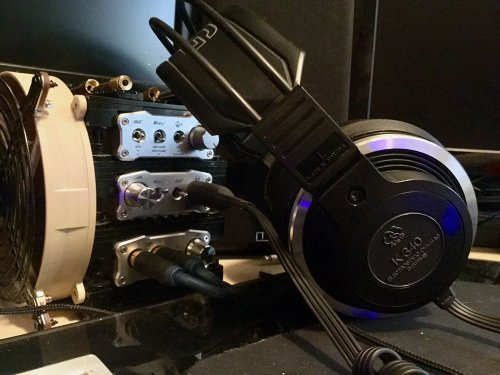Beolab
Member of the Trade (Reseller)
- Joined
- Apr 16, 2015
- Posts
- 1,279
- Likes
- 215
Just tested this for you, @Beolab
: the XBass is indeed functional when the iTube2 is in Buffer (aka Direct, no volume pot in play) mode. 3D is, as well, FWIW. Hope that helps.
After I tested that, I thought I'd play around a bit; I switched the iTube2 into preamp mode, maxed the volume on the iCAN SE (in 0DB gain mode) and used the iTube as a preamp. Sounded different; more overtly tubey this way. Something to play around with in the future.
Lots to try in the future: iDAC2/iDSD BL filter choices, iTube2 Tube+ choices, XBass/3D choices, which preamp to use choices... So many combinations to try, the blessing and the curse of ifi gear.
I picked up an iRack to make this all easier to manage. It's fantastic and does a great deal to minimize what felt like clutter to me.
Thanks for your time testing, i appreciate it alot , but the 3D holographic couldent sound any good on your headphones be ause it is developed for loudspeakers in comparison to the iDSD micro 3D Holographic version?


























